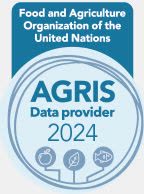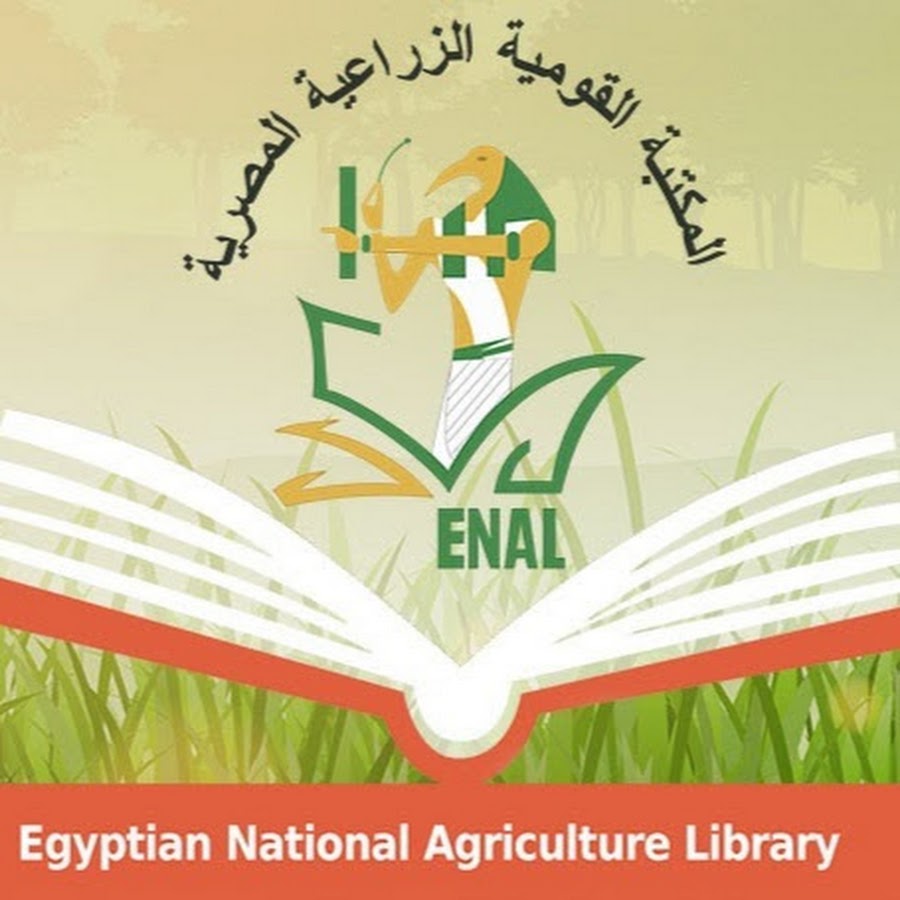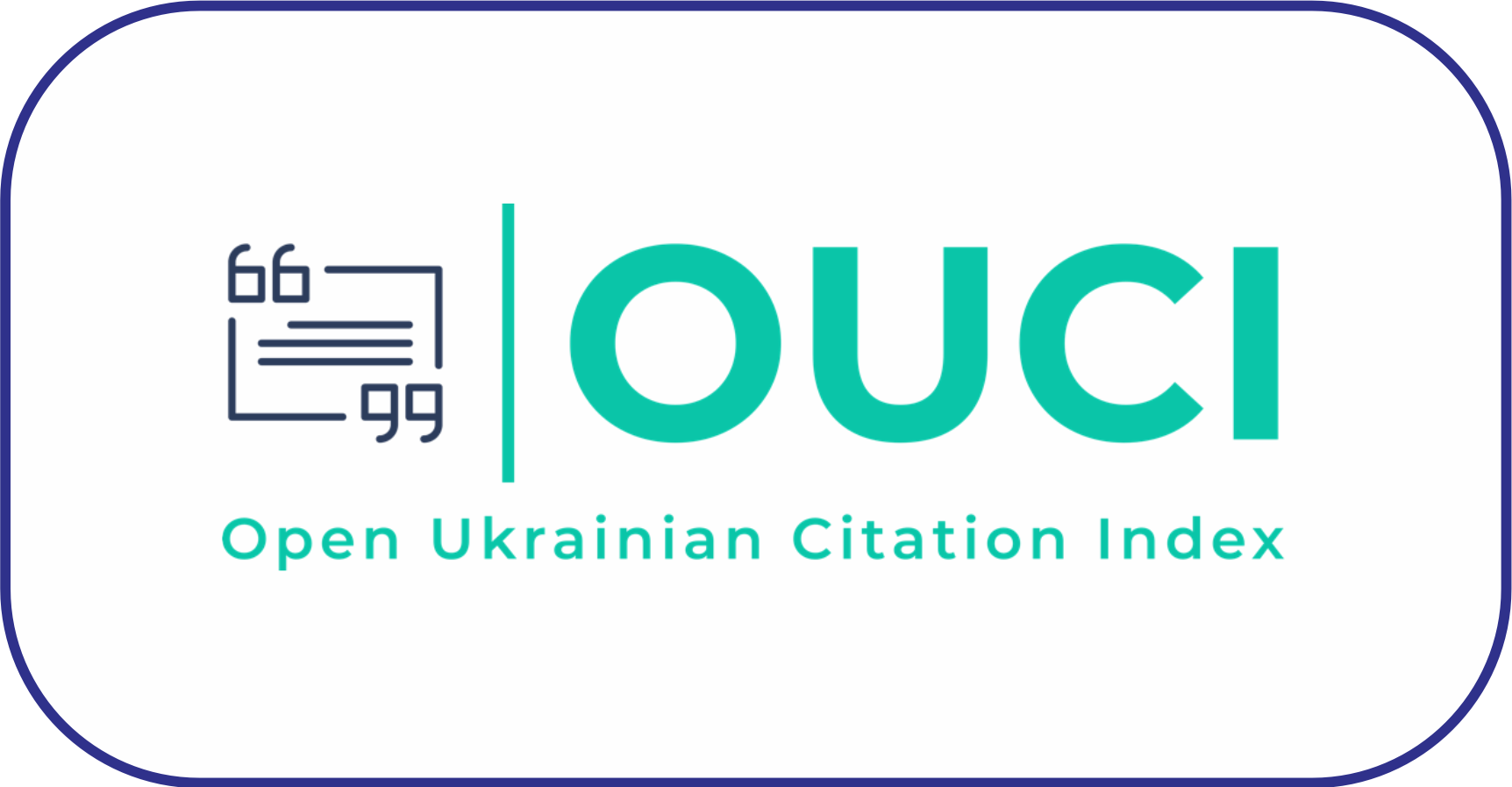Effect of biochar-based rhizobium biofertilizer on groundnut production
DOI:
https://doi.org/10.63072/aab.23006Keywords:
Biochar, Biofertilizer, Groundnut, Pressmud, RhizobiumAbstract
Groundnut (Arachis hypogaea L) belongs to the leguminosae family and is cultivated as cash and oil crop. To obtain its high yield, synthetic fertilizers are being used, but they have negative effects on soil microbes including Rhizobium. To resolve this issue, the use of biofertilizer instead of synthetic fertilizer is an alternative option. Therefore, this study was planned to use biochar-based biofertilizers for groundnut production. Quality parameters of biochar based biofertilizers were observed. The four treatments T1 (Control), T2 (Recommended fertilizer N/P 30-100 kg ha-1), T3 (Biochar + Half N/P 15-50 kg ha-1) and T4 (Biochar) were used for the production of groundnut (Arachis hypogaea L.) variety “Bari 2016”. The quality parameters results revealed that after six months, the number of cells reduced from 106/g carrier to 104/g carrier and moisture content from 40% to 16% while there was no change in pH (7). In a field experiment, Data indicated that T3 (Biochar + Half N/P 15-50 kg ha-1) showed the best results as compared to other treatments. T3 showed the maximum number of pods per plot (633), pods per plant (64), mature pods (59), and immature pods (5). Out of 59 mature pods, T3 showed 58 filled pods and 1 unfilled pod. Among 58 filled pods, T3 showed 15 pods had 1 seed, 19 pods had 2 seeds and 24 pods had 3 seeds. Similarly, T3 showed maximum plant height (21.2 inches), no of branches (36), No. of lateral roots (142), root length (9.8 inches) and root nodules (115) per plant. The data was recorded at harvesting time. The 100 seed weight 65.3 g and shelling percentage 68.9 % were recorded. It was concluded that biochar has a positive impact on groundnut yield. The research finding will be helpful in future for farmers to select biofertilizers as an alternative to synthetic fertilizers for obtaining high yield and maintaining soil health. © 2023 The Author(s)
Downloads
Published
How to Cite
Issue
Section
License
Copyright (c) 2023 Advances in Agriculture and Biology

This work is licensed under a Creative Commons Attribution-NonCommercial 4.0 International License.





























